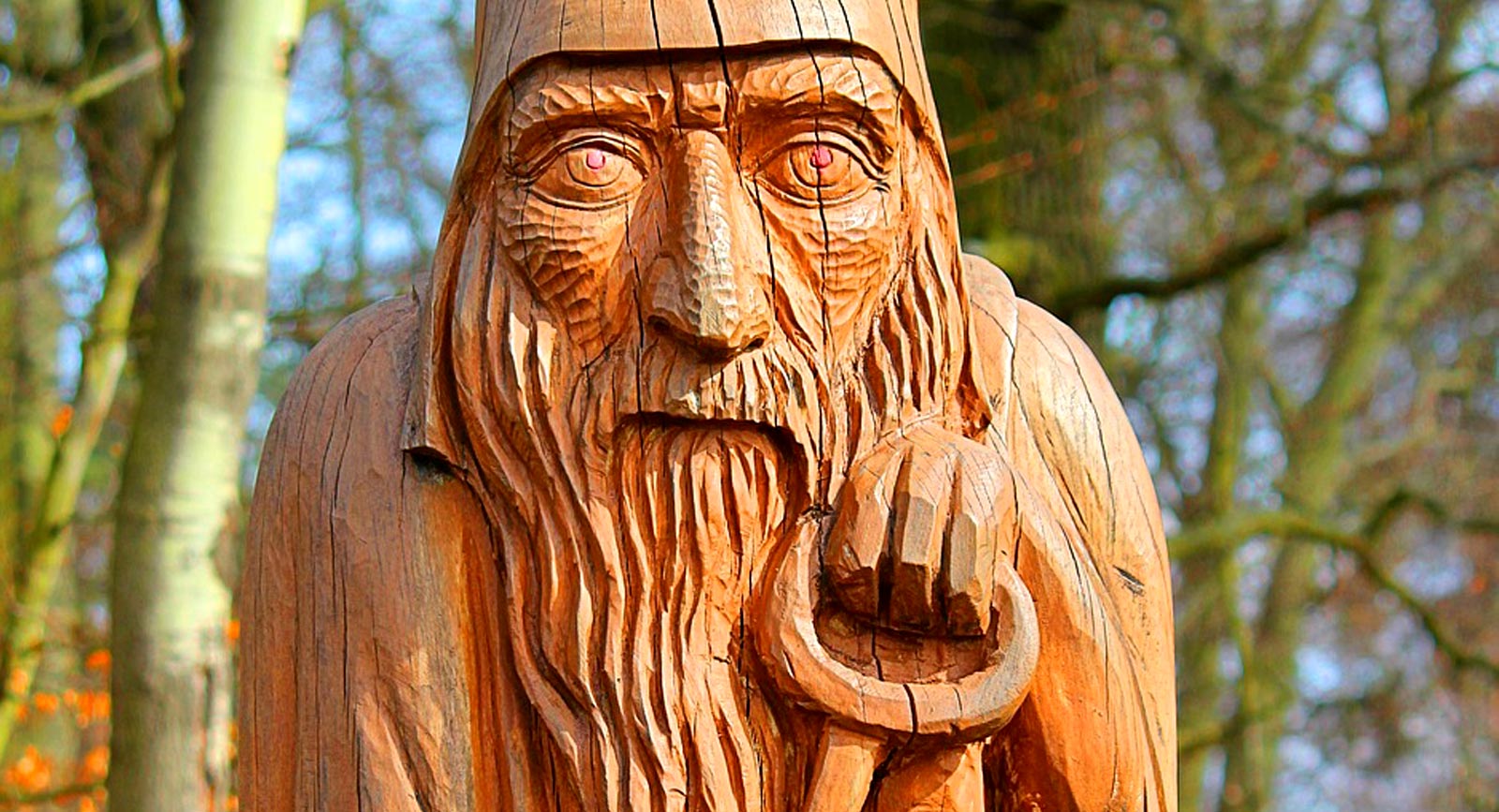
Wood sculpture is a form of art that has been around for many centuries. It is the practice of creating three-dimensional objects from wood, using various tools and techniques. Wood sculptures can be found all around the world. They have been used right from ancient civilizations to modern times. Such sculptures have also been used as decorative pieces, religious artworks, and several other objects.
Wood sculpture is a beautiful and timeless art form that has always been cherished by humans. Even today, one can find wood being used as a medium in various installations. Wood sculptures continue to captivate and inspire many art lovers throughout the world.
The creation of wood sculptures
The process of creating a wood sculpture begins with selecting the right piece of wood. The type of wood used will depend on the artist’s preference and the intended purpose of the sculpture. Softwoods such as pine and cedar are easy to carve and work well for smaller sculptures. Hardwoods like oak and walnut are more durable and suitable for larger pieces.
Once the wood has been selected, the artist typically creates a rough sketch of the sculpture on paper. This is done before transferring it onto the wood. From there, the artist uses various tools such as chisels, gouges, and saws to carve and shape the wood. It is a painstaking process that requires a great deal of skill and patience.
Things to consider while creating wood sculptures
One of the most important things to consider when creating a wood sculpture is the grain of the wood. The grain refers to the direction in which the wood fibers run. It can have a significant impact on the final result of the sculpture. By carving with the grain, an artist can create smoother surfaces and avoid splitting the wood.
Conversely, carving against the grain can be more difficult and may result in rougher surfaces and more waste. Another important factor to consider is the finish of the sculpture. The finish refers to the final surface treatment of the wood. It can impact the overall appearance of the sculpture.
There are a variety of finishes that can be applied to wood sculptures. They include staining, varnishing, and painting. Some artists choose to leave the wood in its natural state. A few others may use techniques such as wood burning to create intricate designs and patterns.
Benefits of wood sculptures
Wood sculptures can take many forms, from abstract shapes to realistic depictions of animals, people, and objects. Some of the most famous wood sculptures in history include the ones in the Notre Dame Cathedral in Paris. The statues of Buddha found throughout Southeast Asia are also a great example of wood sculpture.
One of the benefits of wood sculptures is its durability. Unlike other materials, wood is resistant to decay and can last for centuries if properly maintained. It is biodegradable and also a sustainable material, as it can be sourced from renewable forests.
In some cultures, wooden statues have been used as a form of religious expression. The wooden statues and carvings in those cultures represent deities and spirits. In other cultures, wood sculptures have been used as decorative objects or utilitarian tools, such as bowls or spoons.
Disadvantages of wood sculptures
One of the challenges of wood sculptures is their susceptibility to damage from pests and environmental factors. Termites, beetles, and other insects can eat away at the wood. Prolonged exposure to moisture and sunlight can cause the wood to warp and crack over time.
This is why proper care and maintenance are essential to ensure the longevity of wood sculptures. They need to be cleaned regularly, given protective coating, and stored in a dry and dark place.
